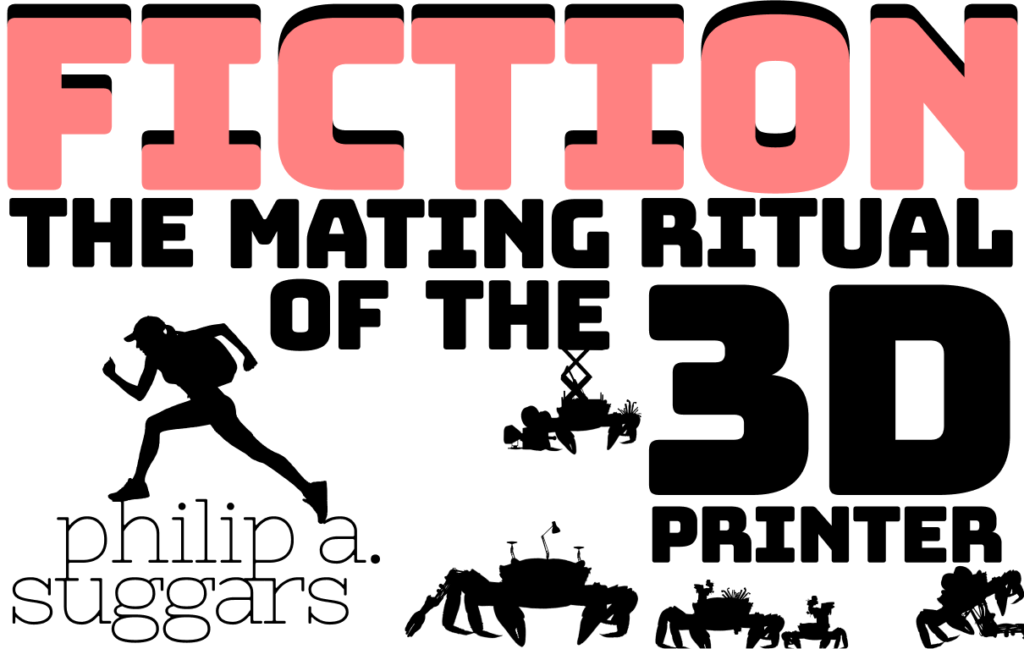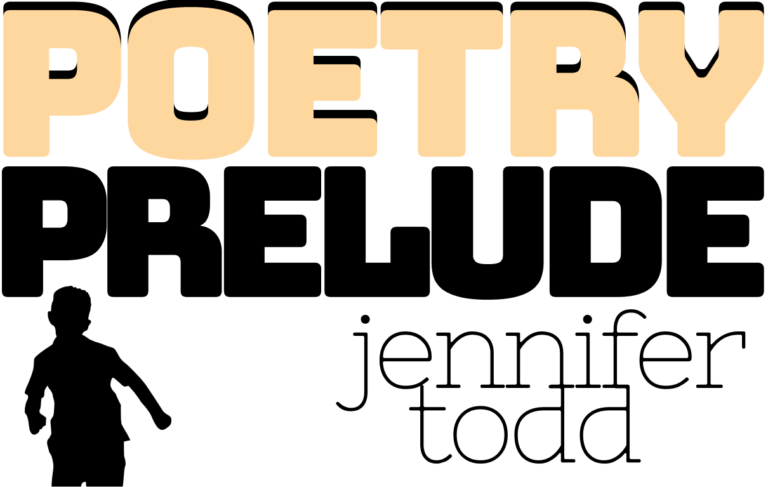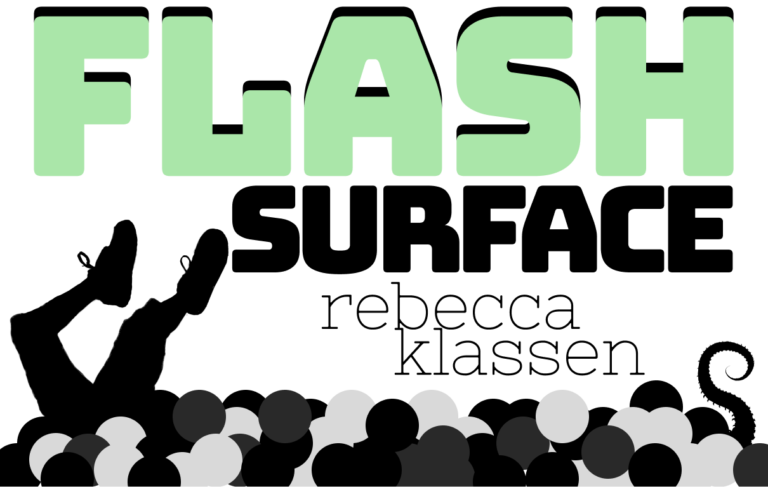Inspirations #2
‘Inspirations’ is our sometime feature where our writers delve into the genesis of their work and/or their creative process.
Follow the links to fall in love with them all over again, or visit our ever-growing Archive to discover new favourites.
Be sure to check out Inspirations #1, too.
Contents:
Landscapes, plants and the environment feature heavily in my life. Living in Lancashire, with access to the Lakes, The Dales and the Forest of Bowland, it is easy to find subjects for nature writing. A visit to Castlerigg inspired me to start writing more fiction and I am still a little fixated on standing stones. Why are they there? Maybe they were used to summon dragons or to give a place its power through sacrifice… who knows? I grew up in south-west Scotland, where ruined castles stand above rocky shorelines aplenty, and there are stone cairns and burial mounds galore. My taste for sci-fi and fantasy novels often merges with my knowledge of nature and the environment when I write.
Meconopsis are beautiful, sky-blue poppies. I recently read that the valley where they were first discovered is to be flooded as part of a hydroelectric project by the Chinese. This triggered the beginnings of a children’s book based on a plant hunter (using the same character in Himalayan Blues) which has morphed into an epistolary, multi-media, time-slip, portal fantasy with magical amulets, Meconopsis poppies and wartime adventures – think Gardener’s World meets Indiana Jones.
Most books for children about horticulture or the environment are worthy, environmental tomes. I want to write hopeful, fun stories with some substance and meaning behind them, without being dull, preachy and overtly educational. It was a logical step to write something about the subject for adults too, and it morphed from a simple tale of discovery into an adventurer’s journal thanks to some excellent editing…
I’ve come to writing via a circuitous journey. I was going to study English at uni until my Mum persuaded me that it would only lead to a teaching career and that I should choose something different. I chose Landscape Architecture and for much of the last 30 years, I’ve been a teacher. (Thanks, Mum!) I have no regrets though; the path I chose has led me to beautiful places, interesting people and a creative (if exhausting) career. I have worked at two different colleges, teaching and managing degree courses in Landscape Design, Garden Design and Landscape Management. In between, I’ve had a couple of children, run my own garden design business whilst freelancing, and written articles for The Guardian and Countryfile magazine. I’m now studying on the MA in Creative Writing at Lancaster University to finally give vent to the force of the words inside my head.
I rarely know what it is I’m writing about until after I’ve written it. “Dead Man Talking” was no different. I pulled the idea out of my comically long list of “ideas for stories I should write,” drawn to it for no reason other than, when I looked at the idea, the story had a shape in my mind. The idea was this:
“A character lives in an apartment complex with another gay tenant.”
That’s it. Not much of a sentence, truth be told. I didn’t even remember writing the idea down, or what led me to doing so. The tension in that sentence could have been anything: sexual, repressed sexuality, maybe they’re exes, maybe they’re secretly obsessed with each other, who knows. I mean, I could probably write 10 more stories with this note, which is why I haven’t removed it from my notes yet.
I can see the shapes of stories when I see how my own lived experiences and observations will scaffold the plot. Nothing in “Dead Man Talking” has happened to me—at least, not that I know of, fingers crossed. But what I supplied to the story wasn’t a transcript of the plot of my life. Rather, I supplied my feelings about New York City, where I live, and the feelings I had at the time about community and surveillance. What does it mean to live in a community? In a city? In a city where we’re all watching and observing and studying one another, projecting our lives onto each other, living vicariously through those projections?
Those feelings and questions were the story. I wasn’t asking them consciously, but they became the plot that flowered from the idea I’d jotted down however long ago. When I looked over my first draft, I saw those questions staring at me in ways I hadn’t yet asked, and the rest of the work was to reveal those questions to the protagonist and, therefore, the reader.
I’m always thinking about queerness, what it reveals to us, its radical power, and the ways we’re forced to swallow it. I love New York immensely. I’ve felt more free here than anywhere else. But we still have a lot of work to do, as a society and within the queer community, to fully embrace each others’ beautiful differences. Most writers have obsessions that carry them through their careers. Whatever I write, poetry or prose, I know that that’s a story I will keep on writing.
My fascination with weird spaces began as an introverted, book-licking kid, reading about the Bermuda Triangle in the pages of Unexplained magazine. Today, the Triangle might be more famous for the cheese royale of the Barry Manilow song, but back then it was a terrifying region where the certainties of Cartesian space and time seemed to falter, with planes, boats, and people entering it only to vanish mysteriously. (Most notably, Spielberg’s Close Encounters of the Third Kind even hinted cheekily at their fate.)
As I grew older, I discovered these haunted landscapes in literature, becoming captivated by the “old weird” of Machen’s The White People, Blackwood’s The Willows, and later, the deeply ambiguous Québécois outback of Atwood’s Surfacing. These uncertain, liminal spaces got under my skin, needling away, pulling like a hangnail.
My obsession only intensified when I encountered Vandermeer’s Annihilation and the Strugatsky brothers’ Roadside Picnic. In both of these novels, the weird landscape is the driver of the narrative. Roadside Picnic, set in the Soviet Union in the 1970s, explores the aftermath of an alien visit that has left behind mysterious “Zones” filled with gravitational anomalies, toxic hazards, and sinister locales where the shadows “look wrong”.
In the face of the economic exigencies of the late-period Soviet Union, human “Stalkers” sneak into these zones to make off with little-understood, abandoned technology to sell for misuse on the black market. Red Schuhart, the novel’s hard-bitten protagonist, likens them to “children playing with matches in a house on fire. The Zone is the fire, and we’re too blind to see the danger.”
As Schuhart suggests, the Zone is an eruption into human reality, of what Lovecraft (everybody’s favourite tomb-faced, racist bell-end) would have called “the outside”. Consequently, the novel is much less about aliens than it is about the limits of human knowledge and the human condition.
Similarly, in Vandermeer’s Annihilation, Area X is a weird space that infiltrates human power structures, replacing them with a mycological plane reminiscent of Deleuze and Guattari’s “body without organs”. As its protagonist (known only as the Biologist) discovers, Area X is a place where the human experience is interrogated, undermined, and ultimately transformed.
What keeps me coming back to these books is their conjuring of non-human presence as absence, evoking Mark Fisher’s definition of the eerie as, “the sensation of … something present where there should be nothing.” In Roadside Picnic, this absence is the unresolved mystery of the aliens’ purpose. Some believe the Earth to be just a stopover, humanity unnoticed, while others suggest the aliens never left, still lurking invisibly in the Zone: the mutations in the Stalkers’ children suggestive of a slow-motion genetic invasion.
Likewise, Vandermeer’s Area X is a metaphor for the climate crisis, a rebellion against humanity and capitalism by a Gaian hyper-entity. The Biologist’s journey through Area X, where the landscape observes her as much as she observes it, suggestive of a move beyond the human towards a becoming-animal futurity.
These books resonate now more than ever, I think, because the early 21st century is a profoundly weird and eerie space. The climate crisis, flame-throwing cyber-dogs and generative AI have woven a sense of the uncanny, of presence-where-we-know-there-is-only-absence, into the texture of everyday life. The Bermuda Triangle, the Zone, and Area X have swallowed the world, making our sense of the human feel contingent and in urgent need of reinvention.
As Bazzer the Mazzer once sang, “Bermuda Triangle, makes people disappear. Bermuda Triangle, don’t go too near.”
Nature, music, and the study of history inspire my writing the most – all three are romantic, ethereal, and mysterious. I have always been entranced by the mysticism of life and the fine line between our world and the mystic. I feel, at times, like I inhabit someplace in the middle and express myself through writing, trying to reconcile my existence between these two realms.
Music was my first introduction to poetry. When I was a little girl (it was the vinyl era), I would sit and read song lyrics on the record sleeves. I was fascinated not only by the music but by the lyrics. I would look up words I didn’t know and spend hours in my room listening and reading. I travelled often as a child to Italy and England (my mother’s English and my father’s Italian). It was in England where I was first exposed to Kate Bush. She performed Wuthering Heights on Top of the Pops on March 23rd, 1978. I was captivated from that moment on. I was very little then, but it was through Kate that I was exposed to the Brontës.
Emily Dickinson is my foundational poet. Her love of nature and the spiritual high she received from gardening and tending to her greenhouse resonated with me. Her poem, Some Keep the Sabbath Going to Church, sums up my religion best.
Love this?
Subscribe to our seasonal newsletter
- content updates, competition news (and frogs) - direct to your inbox
Read next:

















